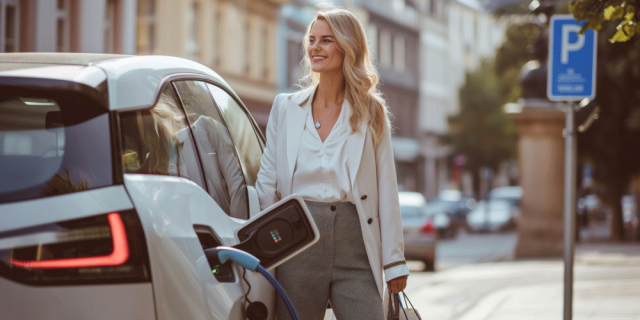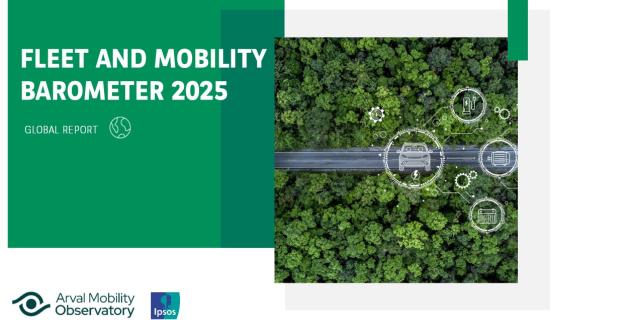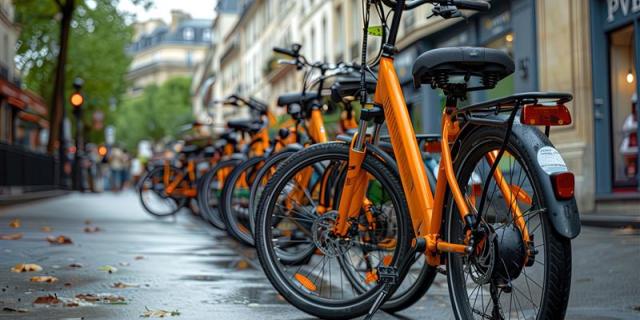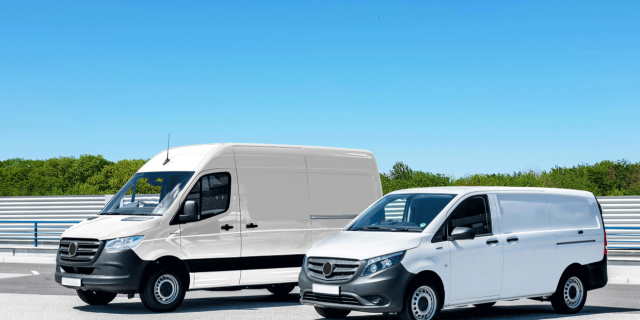Road to zero emissions
Paris, 23rd of June 2021
Most of the world's governments, and many companies, have agreed to reduce their carbon footprint by 2050, to address the pressures of global warming and climate change.
The aim is to limit global temperature rise to well-below 2 degrees, set by the Intergovernmental Panel on Climate Change, or IPCC.
The road to zero is a concern that all industries should address, from real estate to agriculture as well as, of course, mobility.
Corporations can link their decarbonization strategies to their Corporate Social Responsibility, in line with the United Nations Sustainable Development Goals (SDG).
Corporate Social Responsibility strategies connect business obligations with the larger needs of society, promoting a healthy lifestyle, environmental mindfulness and community engagement. Most of the biggest companies in the world have now embraced CSR with dedicated departments and teams.
Many companies are putting sustainability at the heart of their business. They work to reduce their direct and indirect emissions and contribute to carbon reduction projects.
According to the IPCC, global carbon neutrality, or net-zero carbon, requires twofold action: reducing total emissions, while also increasing the capacity to absorb carbon.
Aligning a company’s strategy to meet global carbon neutrality is challenging, but it brings great opportunities. An IBM report from 2020 found that 60% of customers are willing to change their consumption habits to be more sustainable. This trend is stronger with young consumers.
The deployment of renewable energy generation, the electrification of transport, and the modernization of manufacturing and infrastructure is allowing companies – and governments – to lower their carbon footprints.
Countless companies – and leasing firms such as Arval – have already pledged to convert large portions of their vehicle fleets to electrified vehicles and also promote alternative modes of mobility.
Boosted by environmentally-geared national and local regulations, OEMs are also focusing on contributing to global carbon neutrality both through their products and their manufacturing.
Initiatives include using recycled materials in car interiors, reducing the amount of water used during production, and electrifying product portfolios.
Efforts to reduce CO2 emissions also come from the public sector. More and more cities around the world are implementing and expanding Low Emission Zones (LEZ) and Congestion Charge areas.
Charging motorists and motor-dependent businesses to access urban centres, provides cities with the financing for cycling programmes and public transportation.
Fleets, caught up in the LEZs and pressed by the fuel prices, have to adapt. Luckily, EVs are exempt from LEZ charges and sometimes get a free pass in Congestion Charge zones. But how does this help CSR goals?
While EVs do carry a burden of higher emissions from production, their vastly favourable environmental footprint while driving means they quickly recuperate this within the first kilometres of their lifecycle. This recovery depends on the energy mix of countries where the vehicle and the battery have been manufactured, as well as where the vehicle is used and its usage.
For example, a car manufactured and equipped with a battery and exclusively used in Norway would offset CO2 emissions related to production before 10 000 km. Building and driving the same kind of vehicle with the same lifecycle in China, however, would only offset the CO2 emissions after around 188,000 km.
A positive change can also be brought by companies supporting transportation shifts within the lives of their staff.
Cycling schemes where a firm subsidizes bikes and scooters for their employees’ commutes were increasingly popular even before the COVID-19 pandemic, and have been enhanced today due to a lack of trust in public transport.
First, companies around the world are increasingly focused on, and invested in, sustainability. They know how important new mobility trends are to achieving their CSR objectives, and to making their businesses more performant.
This is why firms are growing their portfolio of mobility options to offer more transportation solutions to employees.
Employers can encourage more sustainable mobility behaviours by proposing alternative mobility solutions and Mobility-as-a-Service.
For example, a firm can subsidise bikes and scooters for their employees’ commutes. Cycle Schemes have been enhanced during the pandemic due to a lack of trust in public transport. If one cannot travel without a car, then sharing or driving an electric vehicle is the best alternative to supporting carbon neutrality.
These new options explain why mobility budgets are becoming more popular.
Remote working trends are also greatly beneficial to decreasing emissions. We fly and drive less often in favour of more video calls – which are ultimately good for our planet.
Urban logistics is also addressing the challenge, as companies are exploring other modes of transport than heavy trucks. Cargo-bikes and smaller electric vans are gathering interest from major stakeholders such as UPS, Amazon and DHL.
At a smaller scale, companies like London's Pedal Me provide zero-emission speedy deliveries within the city limits.
Other firms look for out of the box solutions. For example, Germany's Rytle advocates for standardisation of delivery containers adapted for cargo-bikes, hoping to usher in the same revolution sea containers have brought to the shipping industry.
Companies and governments can also buy and sell CO2 emissions. There are different ways how this carbon market works.
One option is mandatory and often called “cap-and-trade regulatory programs” from national and supranational governments where “carbon allowances” are allocated.
If a company or government manages to emit below their appointed target, they can sell or roll over the remainder of the "unspent" quotas.
But if a company or government has run out of quotas, by emitting CO2 over their appointed limit, they can also pay a fine or purchase quotas from another party participating in the scheme.
Another option is voluntary carbon offsetting that operates outside the regulated carbon market. This mechanism is used on a voluntary basis by organisations,
governments and individuals that want to support projects to account for their residual emissions.
Voluntary carbon offsets are contributions to projects - usually, through a third party - that are set to lower the world's greenhouse gas emissions.
Companies looking to go beyond reduction efforts can support emission reduction projects through partnering with organisations such as ClimateSeed, which offers a range of high-quality projects.
The more we reduce emissions and contribute to emission reduction projects, the better it is for the planet. Some companies even contribute to emission reduction projects greater than their level of emissions. This is called "negative carbon commitment", and inspires other companies to do more for the climate. An individual can also take part in this positive challenge. Individuals can measure their carbon footprint and purchase carbon offsets to balance part of their emissions.
How are you reducing and offsetting your personal carbon footprint?











